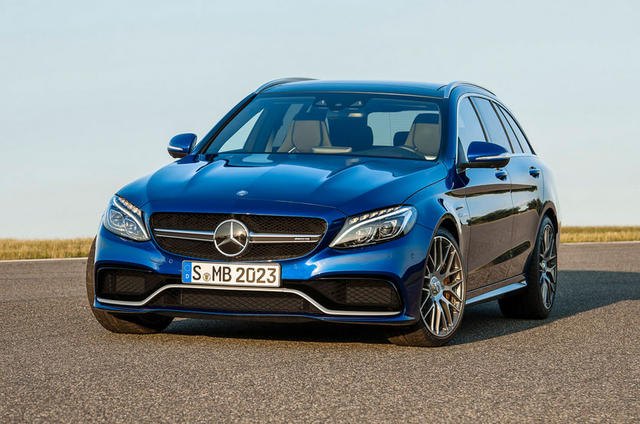German Automakers Rally In Support of US-EU Trade Agreement
Leaders from Germany’s automotive sector held a rally Wednesday in Berlin to lend support to a transatlantic trade agreement heavily facing opposition.
Automotive News reports the agreement between the European Union and the United States, which is supported by the likes of Daimler AG’s Dieter Zetsche, Volkswagen AG’s Martin Winterkorn, and even Germany’s chancellor Angela Merkel, would be the largest such agreement put into play when signed. The deal would deliver a gain of €119 billion ($135 billion USD) for the EU and $131 billion for the U.S. by 2027, which equals an average of €545 ($620) and $910 for a family of four in their respective locations. Eighty percent of the gains would be the result of eliminating duplication costs linked to maintenance of two different bureaucracies and regulations.
However, German union IG Metall and various consumer groups take issue with key parts of the agreement, if not the entire agreement itself. For the union, the investor-to-state dispute settlement mechanism — which grants corporations the right to sue the government if revenue is lost due to government policy — is unacceptable, as are the threats of softening environmental and consumer protections, and hollowed workers’ rights. Other groups fear U.S. companies could force European legislators to draft policies in the former’s favor, and “harmonize safety or product standards downward.”
As for why the German automakers are rallying, the aforementioned harmonization would allow all automakers to focus on one set of safety and emission standards, thus allowing for the possibility of buying a new car from a different market without waiting 25 years first. That said, the agreement could collapse without majority support from all 28 members of the European Parliament.
Seattle-based writer, blogger, and photographer for many a publication. Born in Louisville. Raised in Kansas. Where I lay my head is home.
More by Cameron Aubernon
Latest Car Reviews
Read moreLatest Product Reviews
Read moreRecent Comments
- SCE to AUX Range only matters if you need more of it - just like towing capacity in trucks.I have a short-range EV and still manage to put 1000 miles/month on it, because the car is perfectly suited to my use case.There is no such thing as one-size-fits all with vehicles.
- Doug brockman There will be many many people living in apartments without dedicated charging facilities in future who will need personal vehicles to get to work and school and for whom mass transit will be an annoying inconvenience
- Jeff Self driving cars are not ready for prime time.
- Lichtronamo Watch as the non-us based automakers shift more production to Mexico in the future.
- 28-Cars-Later " Electrek recently dug around in Tesla’s online parts catalog and found that the windshield costs a whopping $1,900 to replace.To be fair, that’s around what a Mercedes S-Class or Rivian windshield costs, but the Tesla’s glass is unique because of its shape. It’s also worth noting that most insurance plans have glass replacement options that can make the repair a low- or zero-cost issue. "Now I understand why my insurance is so high despite no claims for years and about 7,500 annual miles between three cars.


































Comments
Join the conversation
A large general agreement like this isn't needed to sort out non-tarriff barriers for cars. And according to standard figures such non-tarriff barriers as exist are numerically unimportant but often very contentious. I don't see any real citizen demand for this. The car companies could sort out their differences by committee. The other part of this deal, using arbitration to resolve state-business disputes is anti-democratic as it allows national law to be over-ridden by arbitrators - imagine six blokes from KPMG deciding that the right to bear arms was causing their client to lose money and offering the American state the choice of providing compensation or striking the law down. Equivalent judgements are already limiting small states like Australia from regulating tobacco. The agreement won't mean exciting cars for either EU or US buyers, just streamlined regs and a tiny decrease in costs. It's not worth the trouble.
I had a look at some EU reliability surveys. While Honda and other Japanese cars do well, Ford and Opel's placings are very respectable, especially taking their prices into account.